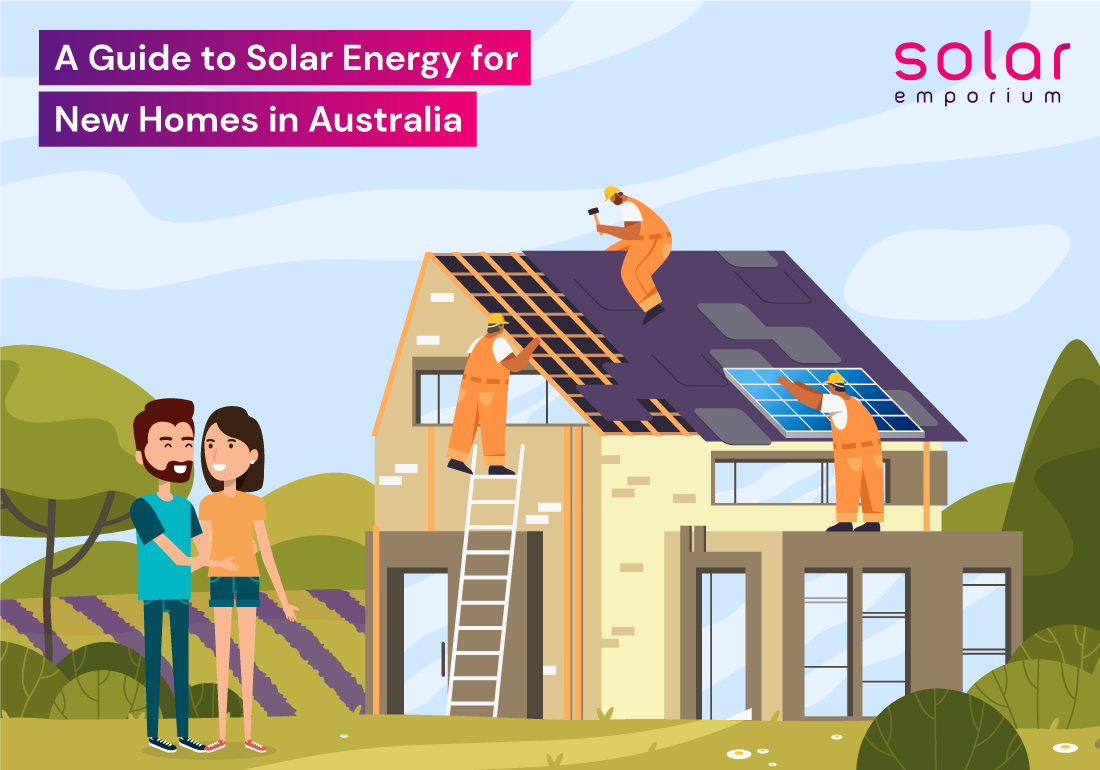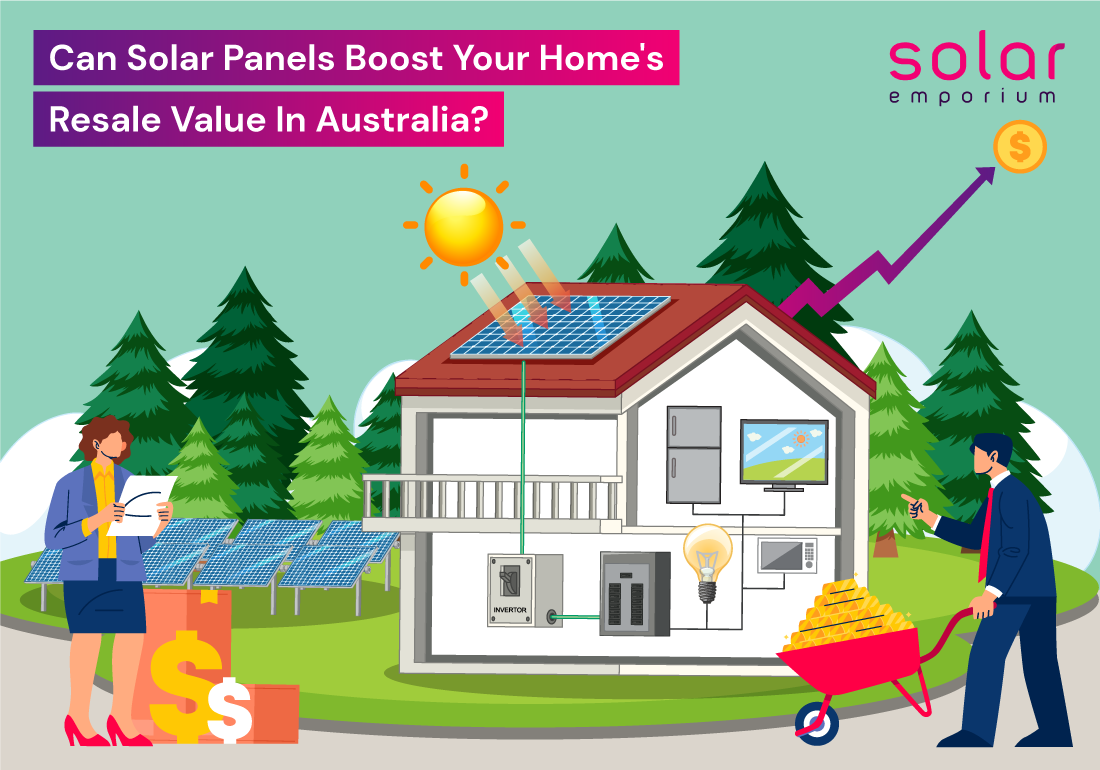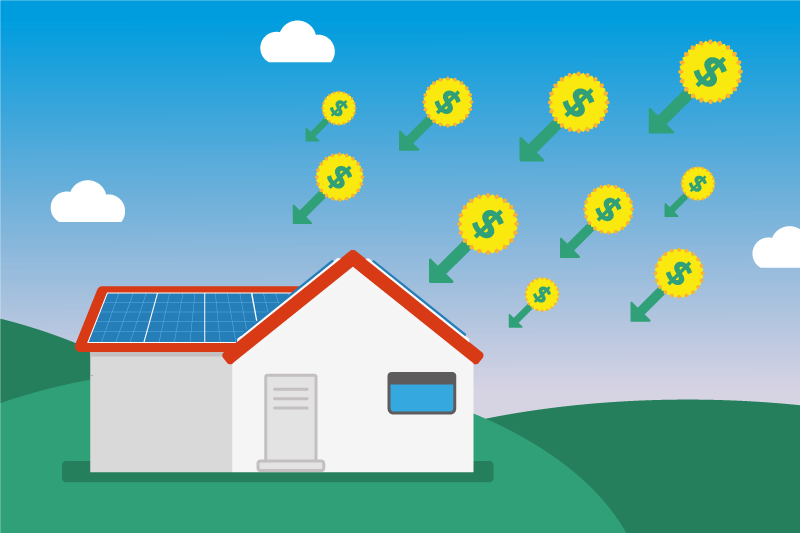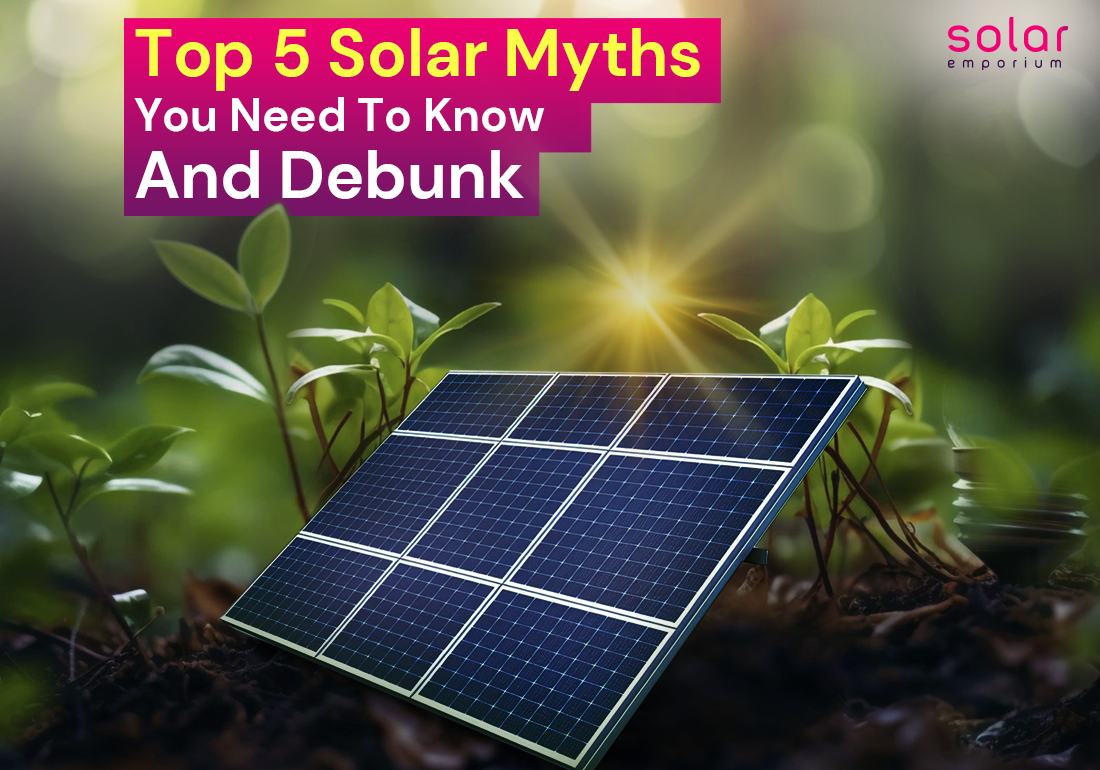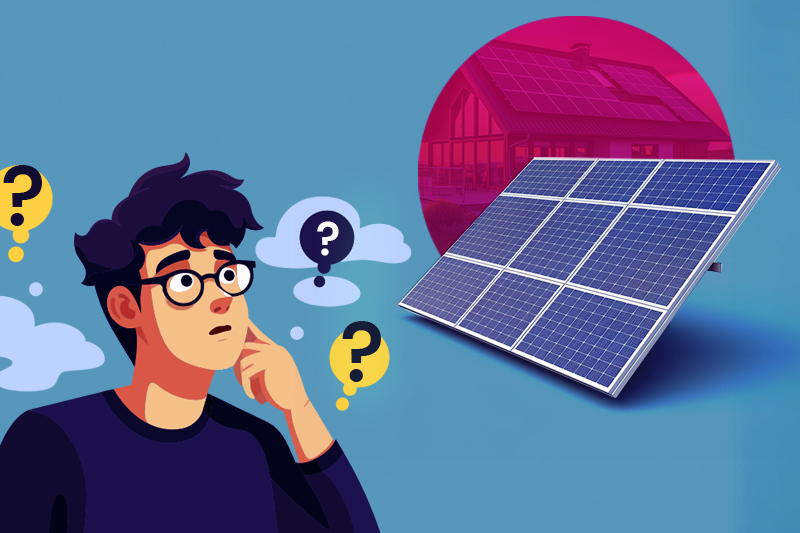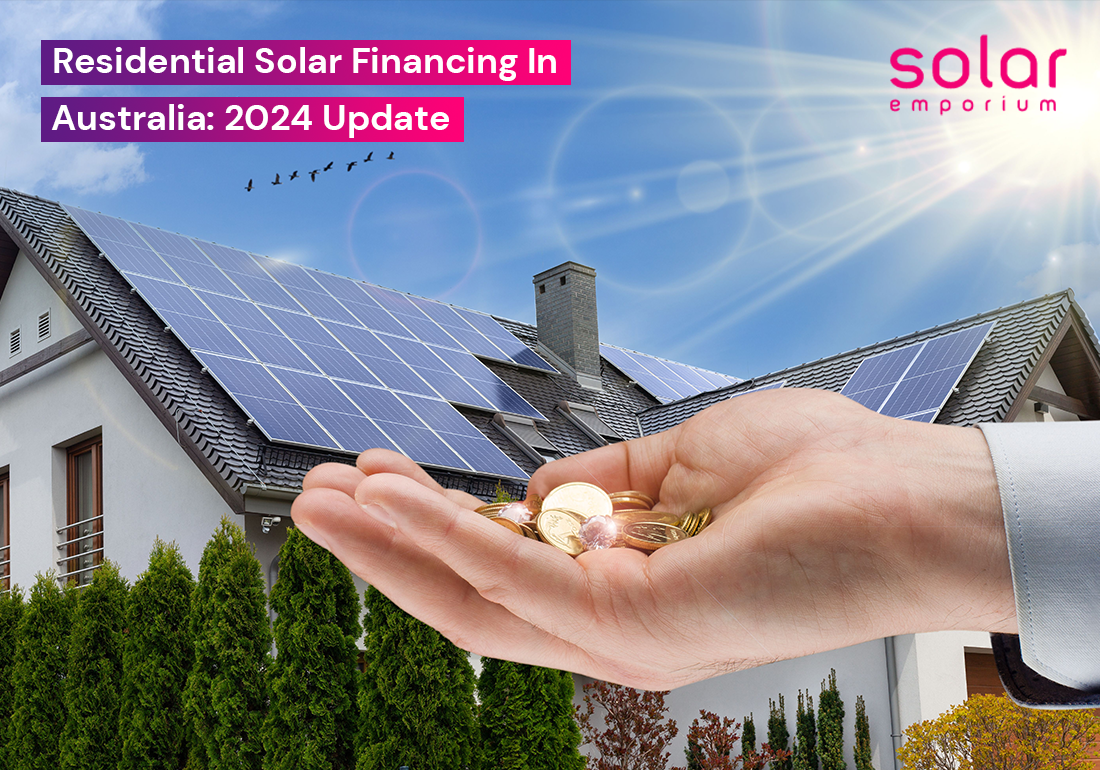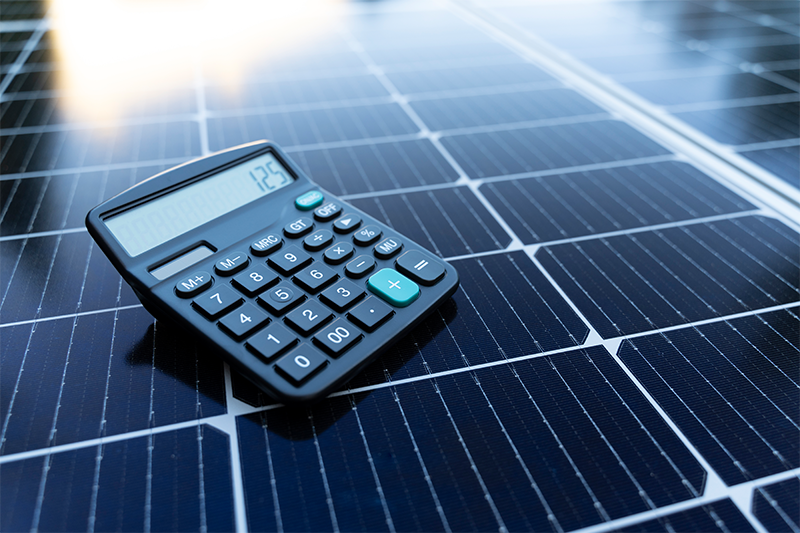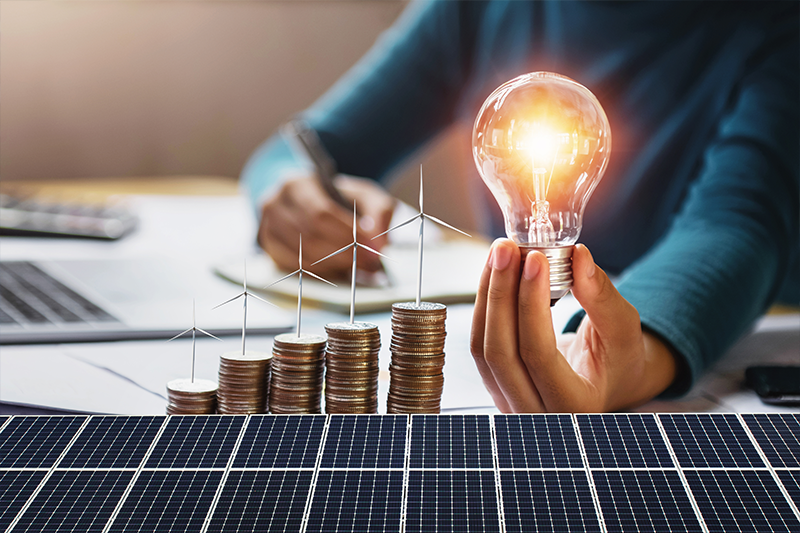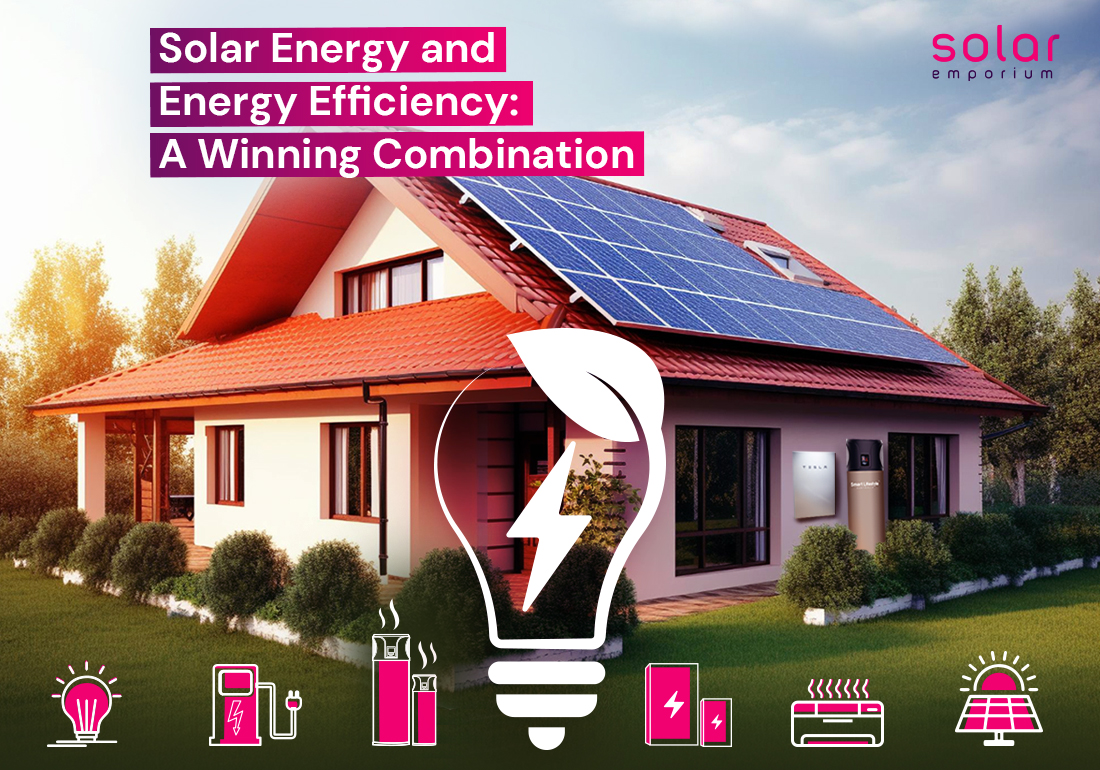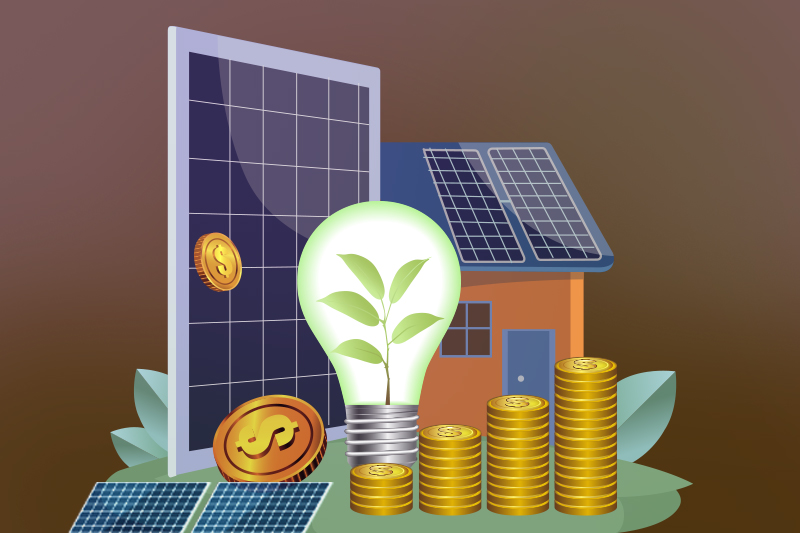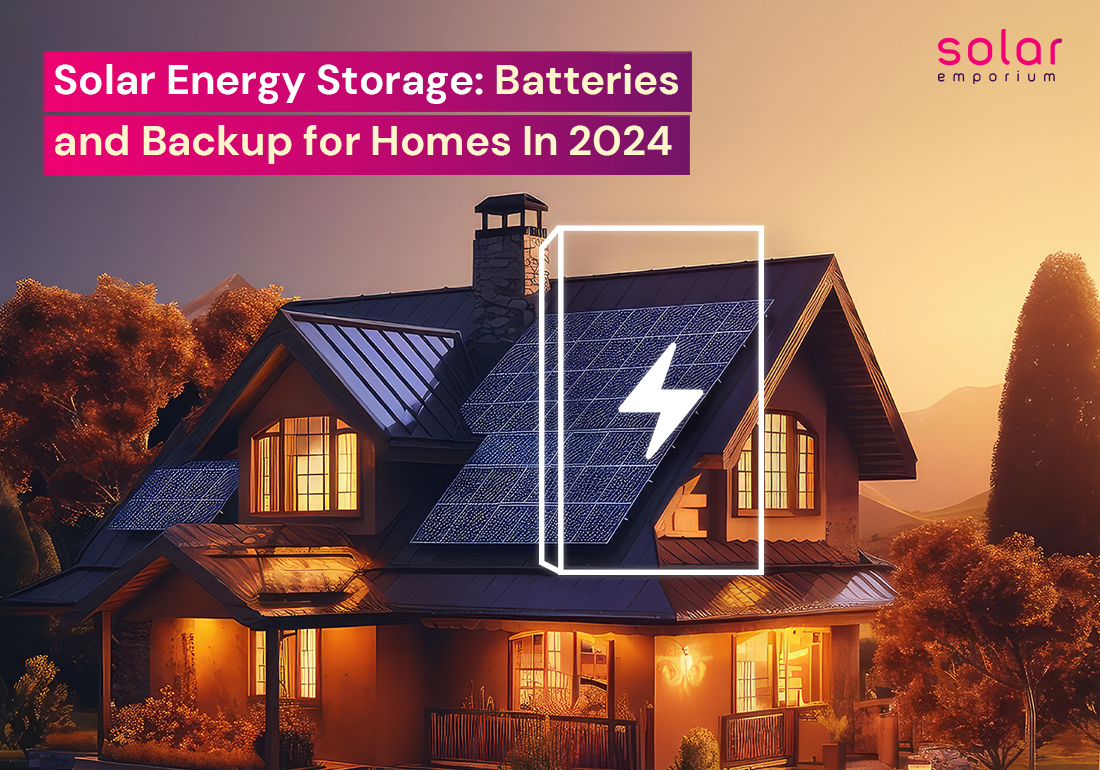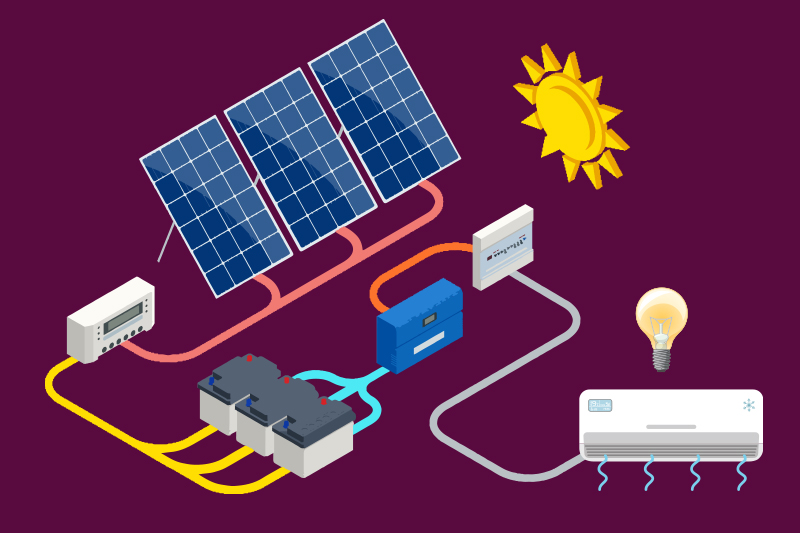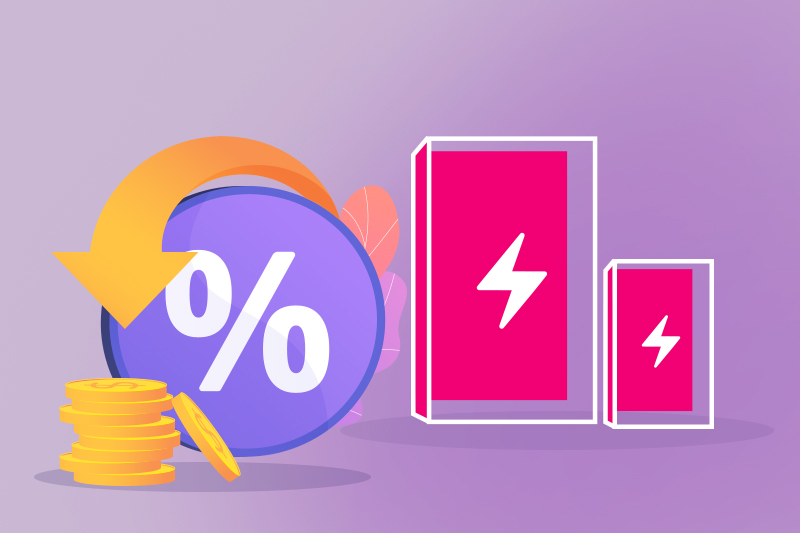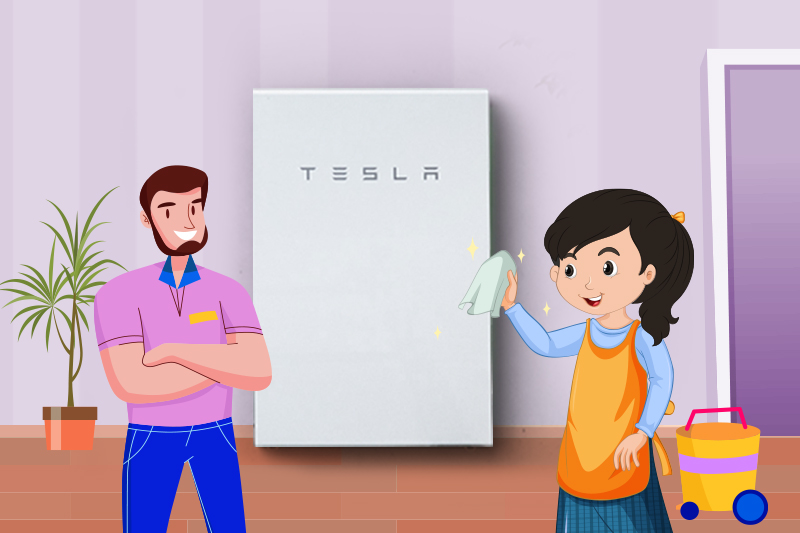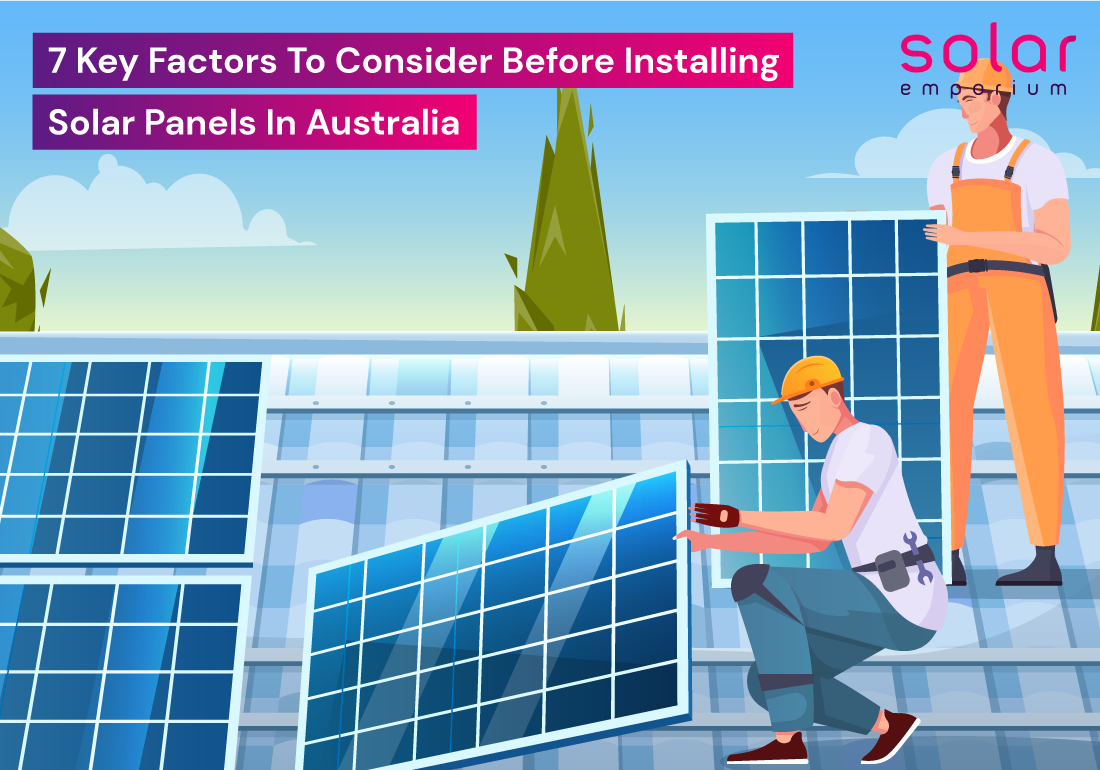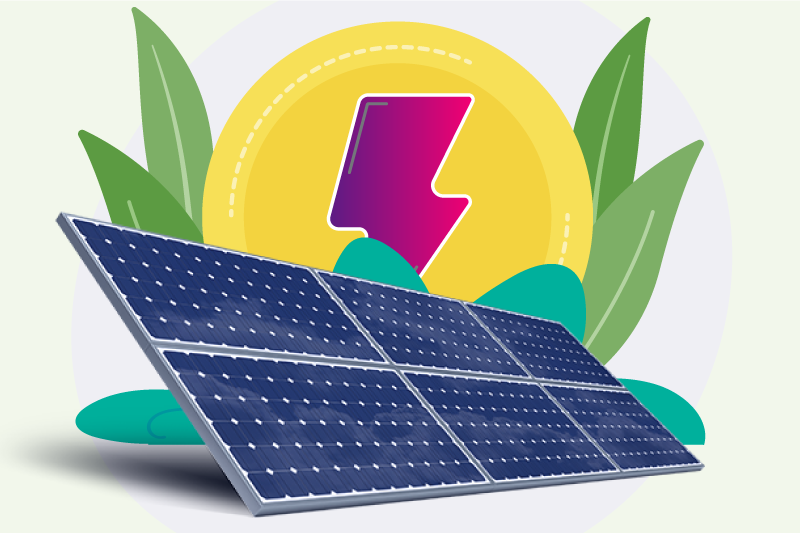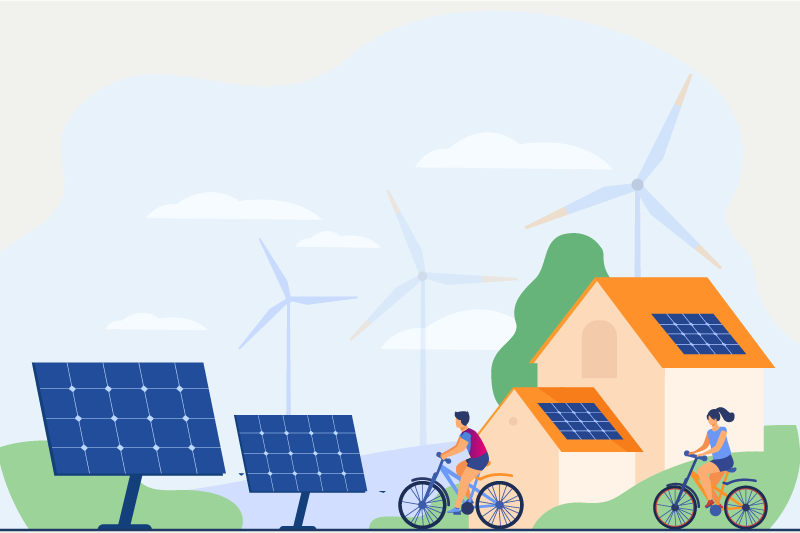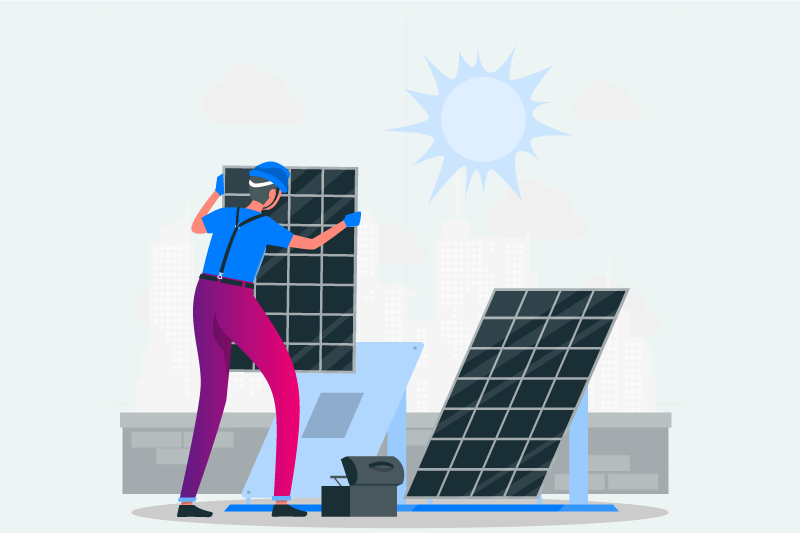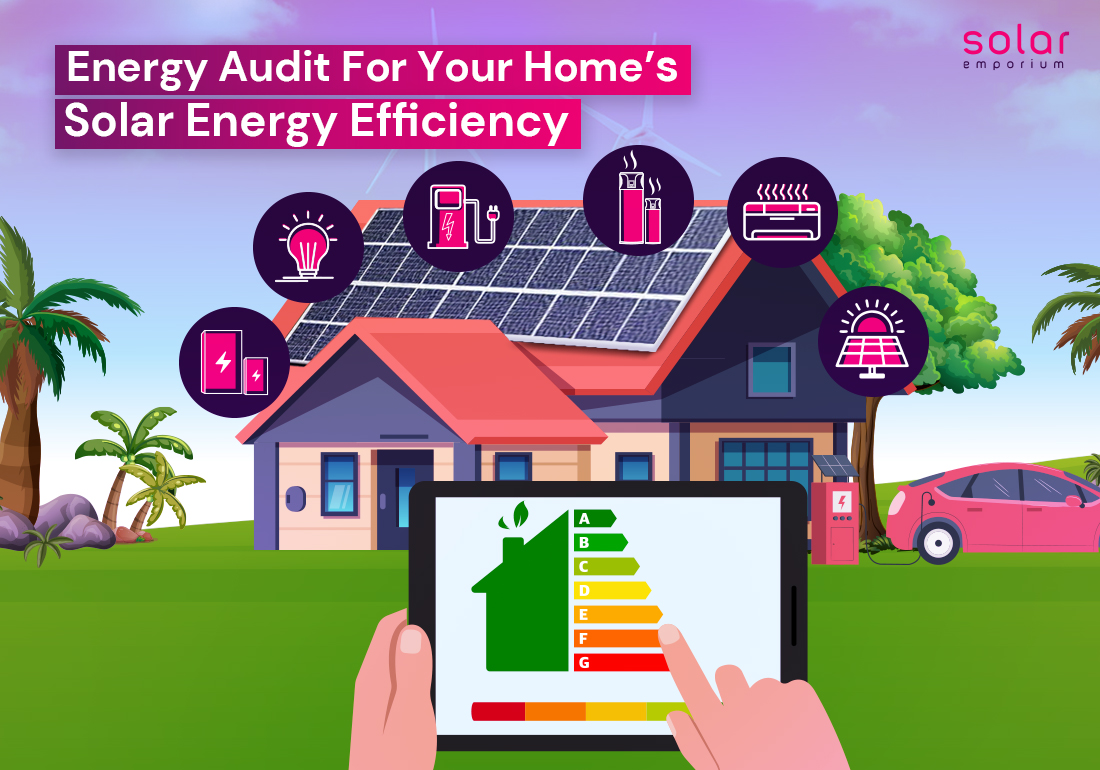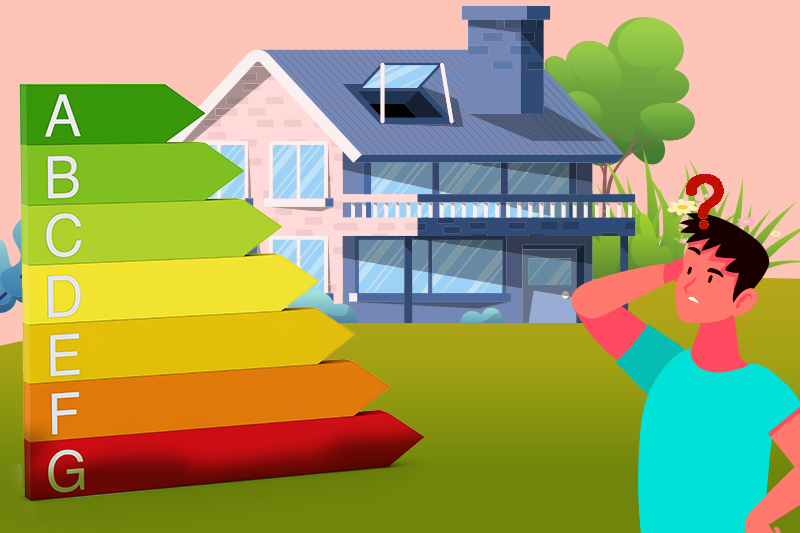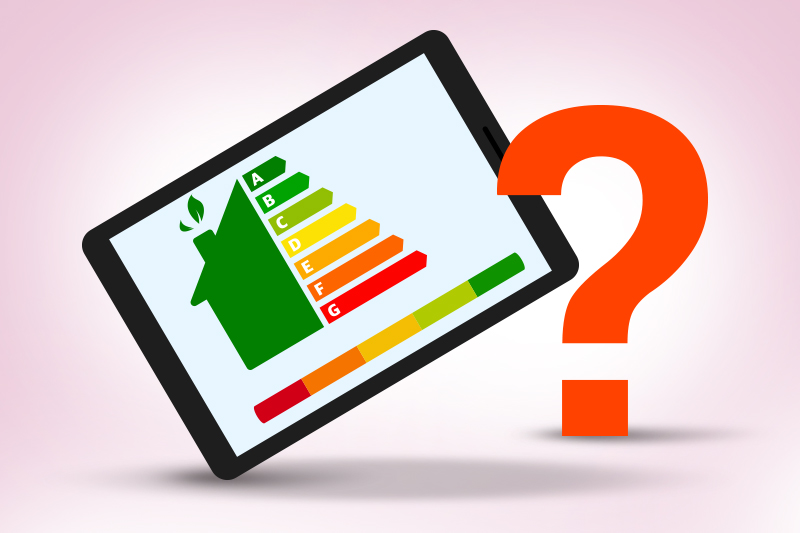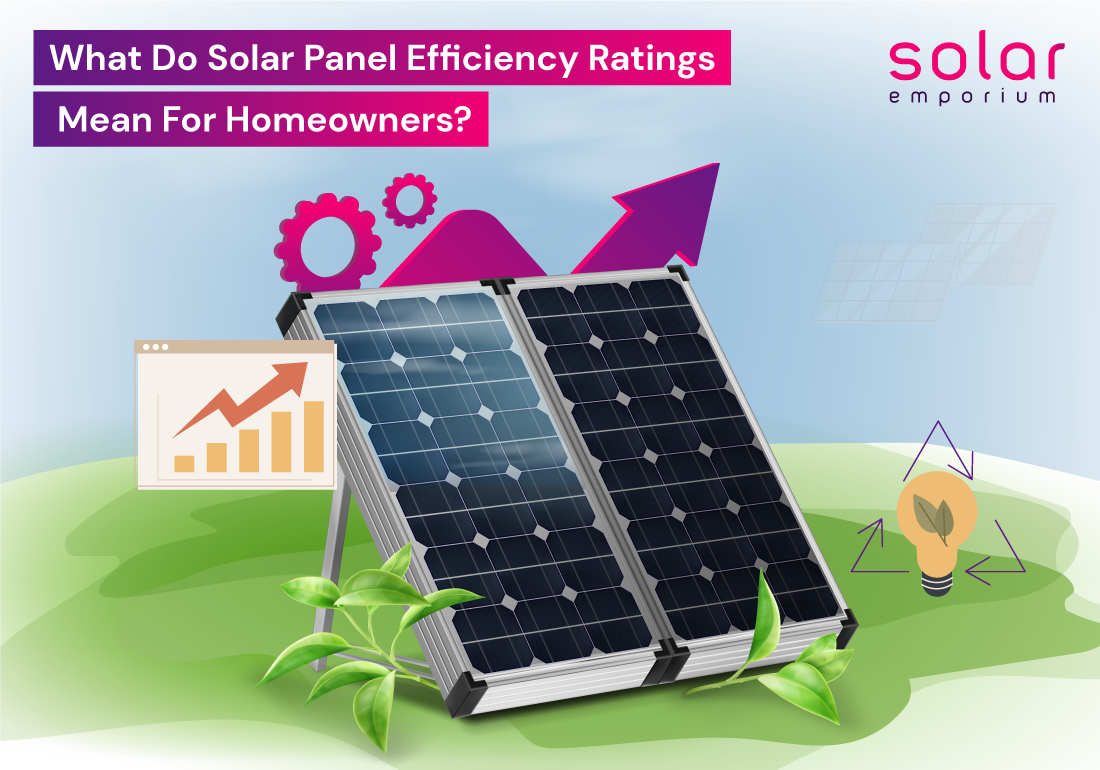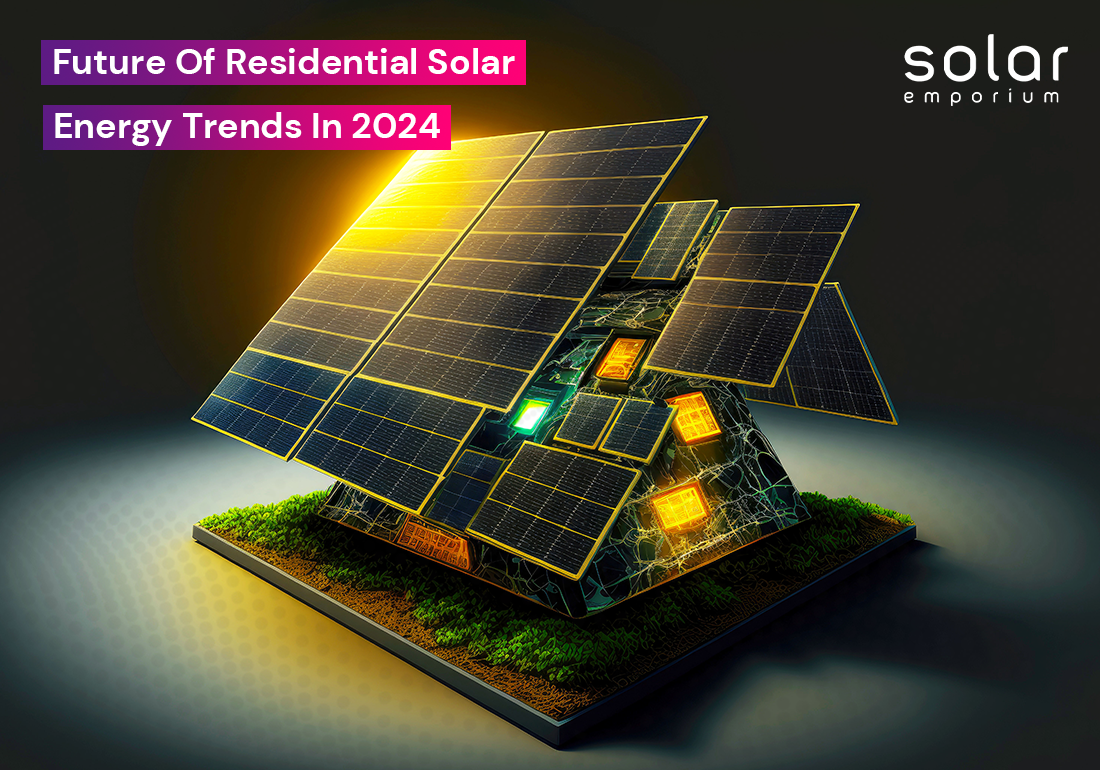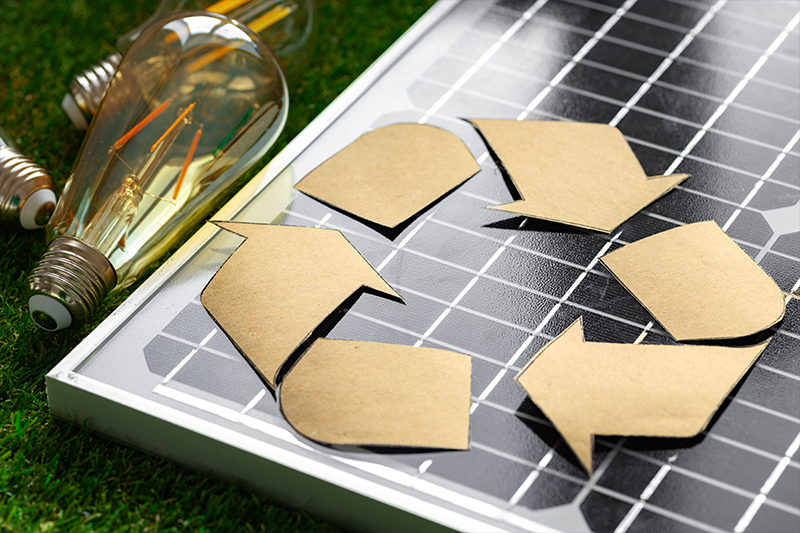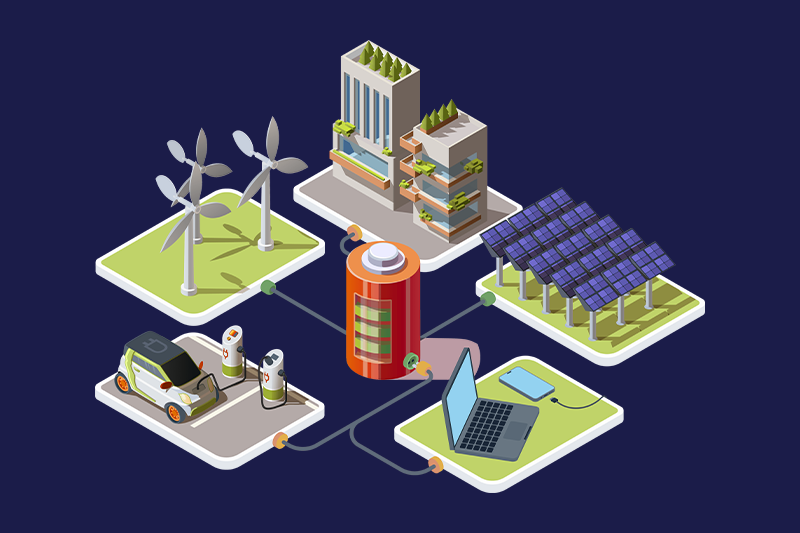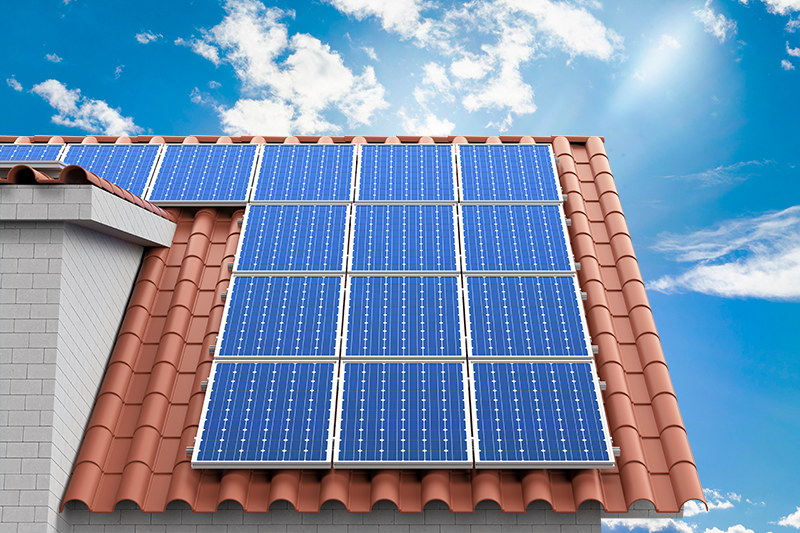In recent years, solar energy has emerged as a leading solution for powering homes sustainably and efficiently. With Australia’s abundant sunshine, it’s no surprise that more and more homeowners are turning to solar power to meet their energy needs.
So, let us dive right into the guide to solar energy for new homes in Australia and explore the benefits of solar energy. As well as important considerations for those looking to make the switch.
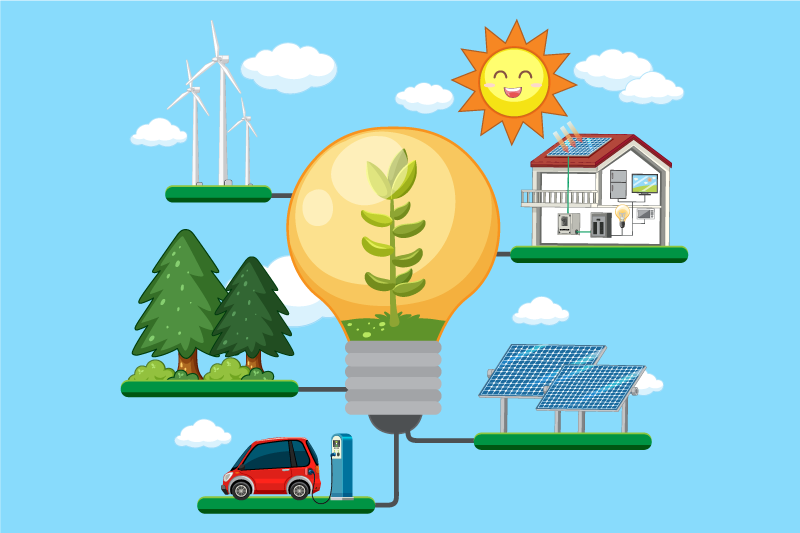
Benefits of Solar Energy for New Homes:
Cost Savings: One of the most significant benefits of solar energy is its potential for cost savings. By harnessing the power of the sun, you can significantly reduce your electricity bills over time. With rising energy costs, investing in solar panels can offer long-term financial relief.
So, your decision to install solar panels in your new homes can be a smart investment for both cost savings and environmental impact.
But first, determine the appropriate system size based on your energy needs. Larger systems generate more power but come with higher upfront costs. A 6.6kW system is a common starting point, but you can adjust based on your requirements.
Furthermore, try and invest in high-quality solar panels and inverters. While cheaper options exist, they may not perform well or last as long. So, opt for reputable brands with good warranties.
Also, choose a reliable installer. Proper installation ensures optimal performance and longevity. Get multiple quotes and compare quality and pricing before you settle in for an installer.
Make sure to install your solar panels where they receive direct sunlight for several hours each day. Avoid shading from tall buildings or trees.
You can calculate the payback period. A household with a 6kW system that gets 5 hours of sunlight per day can save between $600 and $1000 per year!
Remember, solar panels not only save costs but also contribute to a cleaner environment.

Environmental Sustainability: Solar energy is a clean, renewable source of power that produces minimal carbon emissions. By choosing solar power for your home, you’re reducing your carbon footprint and contributing to a more sustainable future for Australia and the planet.
But there are more ways how solar panels can contribute to environmental sustainability in Australia:
- Reduction in Greenhouse Gases: Solar power systems generate energy without fossil fuels, reducing harmful emissions like carbon dioxide and nitrogen oxides. This helps combat climate change.
- Renewable Energy: Solar panels harness light energy from the sun, creating a sustainable source of power. Unlike finite fossil fuels, sunlight is abundant and inexhaustible.
- Reduced Water Consumption: Solar systems use less water compared to traditional power plants. This conservation supports a healthier environment.
- Minimal Land Consumption: Solar panels require minimal space, reducing the need to clear large areas of land. This helps preserve natural ecosystems.
- Less Noise Pollution: Solar power systems operate silently, unlike noisy conventional power plants.
- Improved Air and Water Quality: By relying on solar energy instead of fossil fuels, harmful pollutants released into the air and water are significantly reduced.
- Long-Term Clean Energy: Quality solar panels can last 25 to 30 years, providing consistent clean energy with minimal environmental impact
Energy Independence: With solar panels installed in your home, you become less reliant on traditional grid electricity. This can provide a sense of energy independence, particularly during times of power outages or fluctuations in energy prices.
Solar panels contribute significantly to energy independence by allowing you to generate your own electricity. Here’s how they achieve this; solar panels convert sunlight into electricity. By installing them on your property, you produce power directly, reducing reliance on traditional energy sources.
You can also add battery storage to your solar panel system. By doing so you will reduce your dependency on the grid. Furthermore, when your solar panels generate surplus energy, it can be stored in batteries for later use.
During sunny days, excess energy charges the batteries, providing backup power during outages or at night.
And generating your own electricity means you’re less affected by utility rate increases. You control your power source, avoiding price fluctuations.
Solar energy is renewable and doesn’t emit greenhouse gases. It’s a sustainable choice that benefits both you and the environment.
So, by contributing to your energy needs, you ease the load on the grid, making it more resilient for your community.
In summary, solar panels empower you to take charge of your energy consumption, reduce costs, and contribute to a greener future!
Do People Want to Buy Homes with Solar Panels?
Yes! Nowadays, more and more Australians are thinking about how their homes affect the environment. Solar energy is a popular choice because it helps reduce our carbon footprint. Plus, it saves money on electricity bills.
Some might be happy with a small-scale system that covers part of their energy needs, while others might want a bigger one that powers their whole house. It all depends on what each person wants. But one thing’s clear: buyers consider solar power when looking for their perfect home or investment.
Government Incentives: In Australia, there are various government incentives and rebates available to homeowners who install solar panels. These incentives can help offset the initial cost of installation, making solar energy even more accessible and appealing.
Here’s a summary of the key incentives:
- Small-scale Renewable Energy Scheme (SRES):
- Provides Small-scale Technology Certificates (STCs) for eligible solar installations.
- STCs can be sold or traded, effectively acting as a discount on the upfront cost.
- State and Territory Incentives:
- Installations must be done by a Clean Energy Council-accredited installer and meet Australian standards.
- Additional rebates, loans, and feed-in tariffs are available, varying by location.
- Programs may include rebates for low-income households, interest-free loans, and subsidies for solar batteries.
- Home Energy Support Program:
- Offers up to $5,000 in rebates for eligible homeowners to cover part of the installation costs.
- Solar Panel Rebate:
- Provides rebates of up to $1,400, plus the option of an interest-free loan, for existing homes and homes under construction.
These incentives help reduce the initial investment in solar technology, promoting a shift towards a more sustainable energy future.
So, hurry up and take advantage of government rebates, as these rebates help you to reduce the cost of residential rooftop solar systems. But first, check eligibility and available schemes in your area.
Increased Property Value: Solar panels can increase the value of your home, making it more attractive to potential buyers if you decide to sell in the future. Many homebuyers are increasingly interested in eco-friendly features like solar power, which can give your property a competitive edge in the market.
Adding solar panels to your home has the potential to raise its value. Although the initial cost of solar panels, particularly for larger installations, may be high, they are a wise long-term investment. Research indicates that eco-friendly features such as solar energy can boost the value of a property by as much as 10%.
Homeowners value properties with sustainable energy systems like solar power due to their dependable energy supply, reduced utility expenses, and positive impact on the environment. Should you choose to sell your home in the future, the presence of solar panels could make it more appealing to potential buyers.
Considerations for Installing Solar Energy Systems
Upfront Costs:
Although solar energy presents the opportunity for enduring financial benefits, the initial investment required can be substantial.
Therefore, it is crucial to thoroughly assess your budget and explore various financing options before making the decision to incorporate solar panels into your new home.
This careful consideration ensures that you make an informed choice that aligns with your financial circumstances and long-term goals.
Roof Suitability:
The effectiveness of your solar panels is directly influenced by factors such as the orientation, angle, and condition of your roof.
For optimal performance, it is ideal for your roof to face south with minimal shading, allowing for maximum exposure to sunlight. Furthermore, it is essential to verify that your roof is in good structural condition to bear the weight of the solar panels.
Taking these factors into account will ensure that your solar energy system operates at its full potential and remains a secure addition to your home.
Regulatory Requirements:
Before to the installation of solar panels, it is essential to acquaint yourself with the local regulations and requirements that govern such installations.
This process may entail securing permits, ensuring compliance with building codes, and adhering to any guidelines set forth by homeowner associations.
By proactively addressing these considerations, you can navigate the installation process smoothly and avoid potential legal or administrative complications.
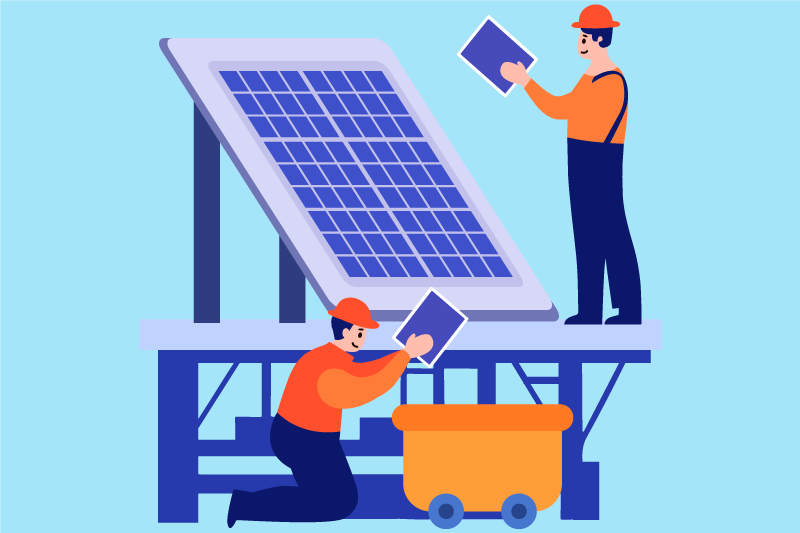
Maintenance and Monitoring:
Although solar panels demand minimal maintenance, it is important to conduct regular cleaning and inspections to uphold their optimal performance.
Furthermore, the implementation of a monitoring system can be beneficial, as it enables you to track your energy production and promptly identify any potential issues.
By staying proactive in these maintenance efforts, you can ensure that your solar energy system operates efficiently and continues to deliver the expected benefits over time.
System Size:
The determination of your solar energy system’s size hinges on various factors, including your energy consumption patterns, the amount of available roof space, and your budget constraints.
Collaborating with a trusted solar installer is crucial, as they can evaluate your specific requirements and propose the most suitable system size for your home.
By engaging with a reputable professional, you can ensure that your solar energy system is tailored to meet your energy needs effectively, maximizing its benefits while aligning with your financial considerations and available space.
Conclusion:
In conclusion, solar energy presents a compelling opportunity for homeowners in Australia to reduce their environmental impact, save money on energy bills, and increase their energy independence.
By carefully considering the benefits and considerations outlined in this guide, you can make an informed decision about whether solar power is the right choice for your new home.
With the sun shining brightly across the Australian landscape, there’s never been a better time to harness its power for a brighter, more sustainable future.
